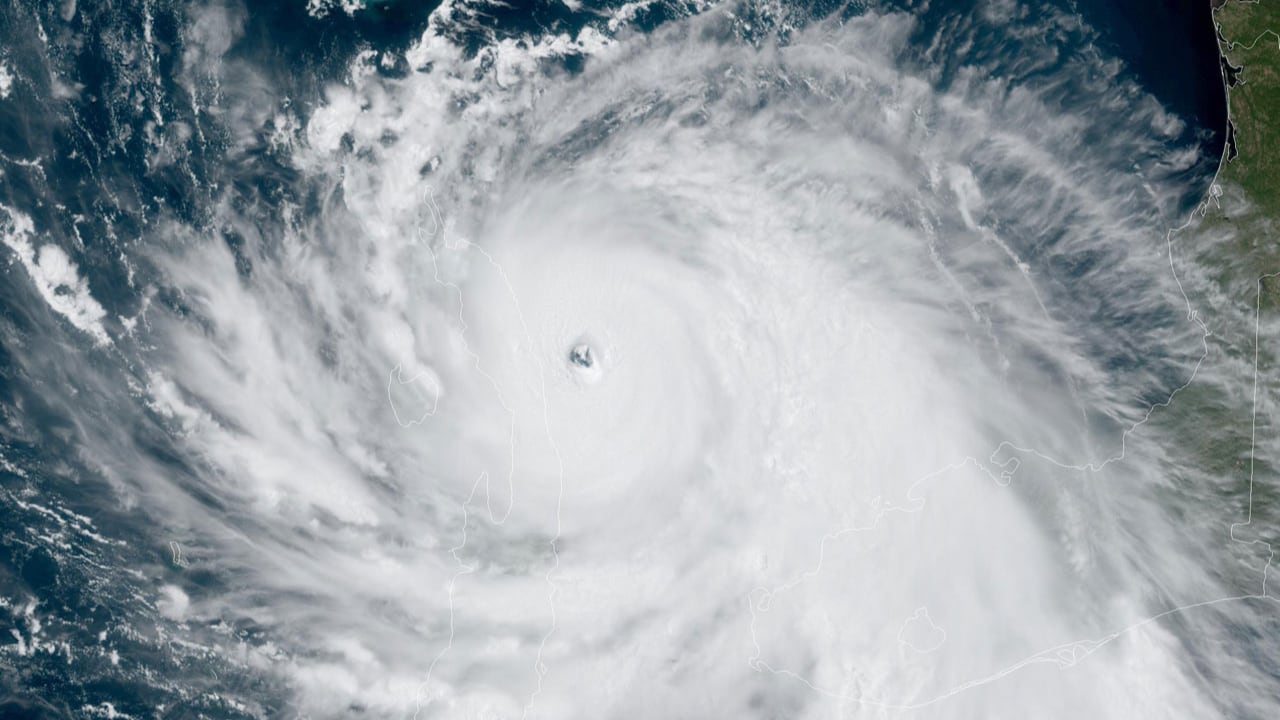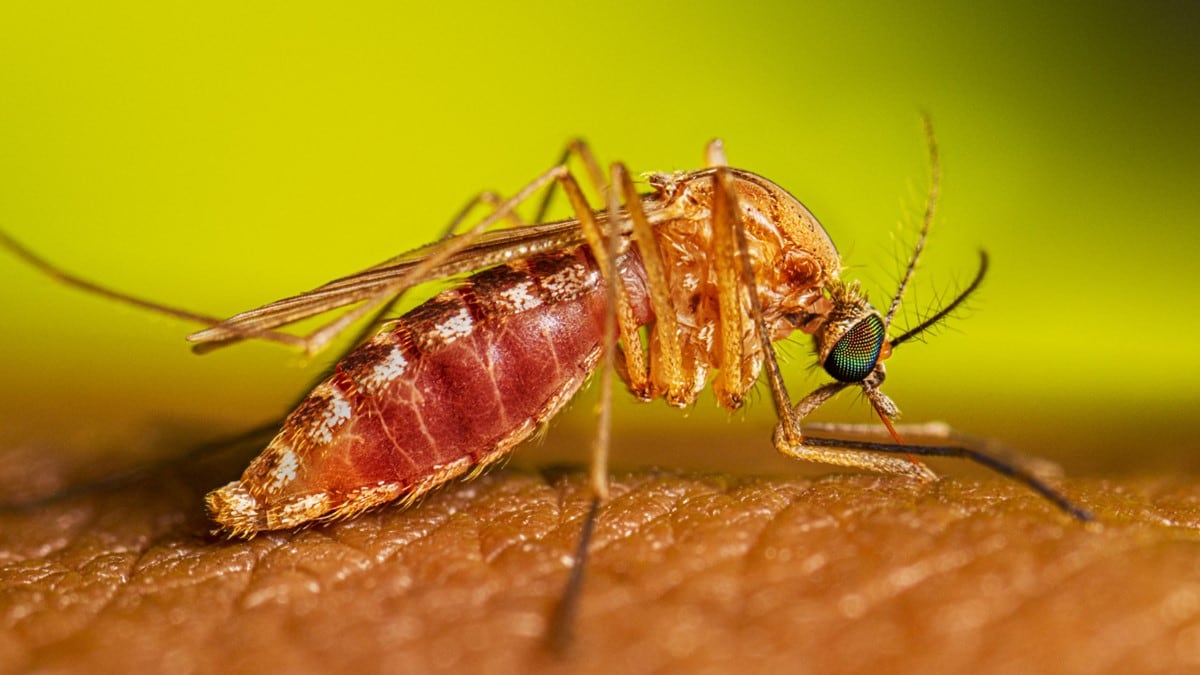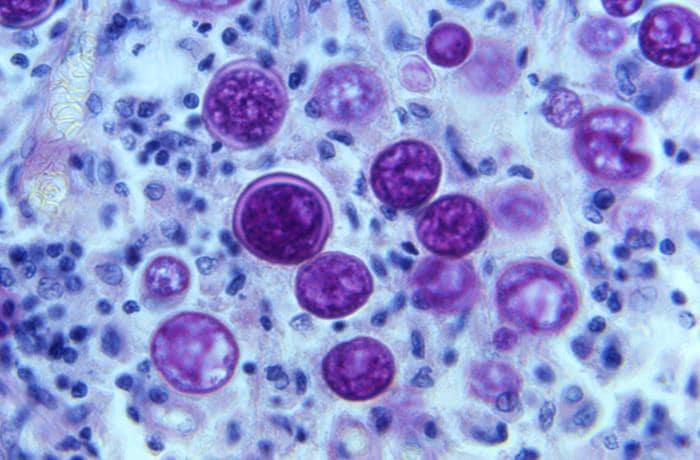What to know
Many infectious diseases are intensifying and new threats are emerging because of longer summers, milder winters, more extreme weather events, and other environmental changes. These changes are making it easier for many mosquitoes, ticks, animals, and the infectious germs they spread to expand into new geographic areas and infect more people.

Mosquitoes and Ticks
Between 2003 and 2023, more than 1 million cases of vector-borne diseases were reported in the United States. Rising temperatures and changing rainfall patterns can boost mosquito and tick populations and make it easier for them to spread harmful pathogens to people. As a result, illnesses like Lyme and West Nile virus diseases are increasing.

The growing threat of vector-borne diseases requires a comprehensive and sustained national effort to protect people. The National Strategy to Prevent and Control Vector-Borne Diseases in People describes cross-governmental activities to detect, prevent, respond to, and control diseases and conditions caused by vectors in the United States.
Fungi
Rising temperatures have allowed certain disease-causing fungi to spread into new areas that previously were too cold for them to survive. Valley fever is one example. It is caused by fungi that live in the soil in hot, dry areas and can affect anyone who inhales the fungal spores. Valley fever can be especially dangerous for people with weakened immune systems. Valley fever and many other fungal diseases are expanding into new geographic areas because of changes in rainfall patterns and temperatures and extreme events like floods and droughts.

CDC is one of a few public health agencies in the world devoted to preventing and controlling fungal diseases through epidemiology and microbiology research. CDC also investigates fungal disease outbreaks and develops interventions to protect people from fungal diseases.
Vibriosis and Coastal Waters
Infection with the bacteria Vibrio (vibriosis) causes an estimated 80,000 illnesses in the United States every year. The number of reported cases has more than doubled in the last decade.
People can get vibriosis by eating raw or undercooked seafood, mainly oysters, or by exposing a wound to seawater or drippings from raw seafood. The risk of getting infected is highest during warmer months when more Vibrio are in the water.
Rising temperatures have prolonged the Vibrio season and allowed the bacteria to expand into previously uncontaminated waterways.

CDC partners with state public health officials and the U.S. Food and Drug Administration to investigate clusters of vibriosis, which might indicate an outbreak. By working together to identify illnesses and their sources, the agencies can help prevent additional illnesses by getting seafood that has made people sick removed from the market and temporarily closing any related oyster beds.
What NCEZID Is Doing
Scientists at CDC's National Center for Emerging and Zoonotic Infectious Diseases are working to understand the effects of climate change on the public’s health and are poised to respond when existing disease threats intensify and new threats emerge.
Resources
- Use the Tick Bite Bot to learn how to remove ticks and when to seek health care, if appropriate, after a tick bite.
- Find Fight the Bite campaign materials for your outreach efforts.
- Learn more about CDC's Climate and Health Program.
